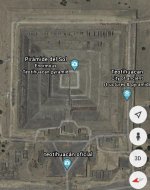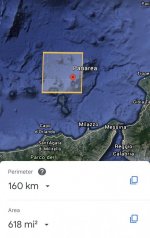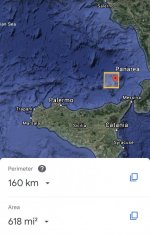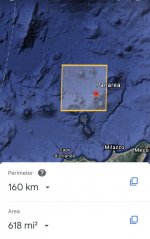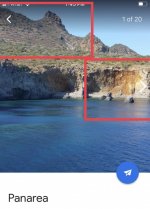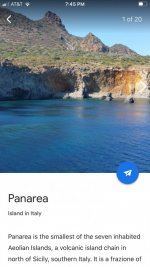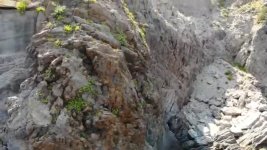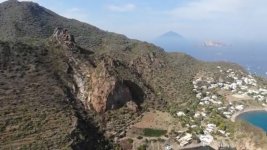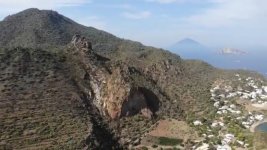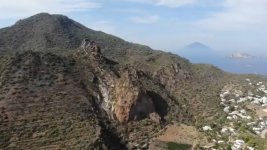@Recognition shared his findings with me, and I think we could do some related research. I am not sure how credible Google underwater imaging is, at the same time right angles in nature are very rare.
KD: Well, I don't know whether what we have was indeed a pyramid, but it could be a structure of sorts. Let's see what we can find out.
- In this case we are talking about a possible 10 miles by 10 miles underwater structure.
- The structure appears to resemble some of the pyramids we would commonly see on the other side of the Atlantic ocean.
- The island is an inactive volcano with a total surface area of only 3.4 km2 (1.3 sq mi).
- The highest point on the island, Punta del Corvo, is 421 m (1,381 ft) above sea level.
- There are thermal springs near the village of Punta di Peppe e Maria.
- Etymology of Euonymos: from Ancient Greek εὐώνυμος (euṓnumos, “lucky”), from εὖ (eû, “good”) + ὄνομα (ónoma, “name”)
KD: Well, I don't know whether what we have was indeed a pyramid, but it could be a structure of sorts. Let's see what we can find out.


